Growing and caring for Manchu nuts from seeds
Have you decided to plant a Manchu nut in your garden? The planting of this tree must be done correctly. Despite the fact that this type of nut is unpretentious and hardy, it has its own requirements that must be taken into account when deciding to grow it on your site. For the first few years, the tree needs care, thanks for which early fruiting will be.
Description of the species
The Manchurian walnut is a long-lived tree; in favorable conditions, its life span reaches 250 years. Up to 85 years old, it has a stable annual growth of shoots. For the first 7-10 years, the shoots grow up to 1 meter, then, during the growing season, their length increases by 50-60 cm. After 100 years, the growth stops, only replacing shoots grow back instead of the damaged ones.
The maximum tree height is 30 meters. Growth can be kept in check by shaping the crown during spring pruning.
The root is taproot, goes deep into the ground, which makes the nut wind-resistant. It can be grown in windy locations.
When planting a nut, it must be borne in mind that the crown is very spreading and requires a lot of space. No other plants grow in the shade under this tree.
Manchurian walnut is photophilous. In the shade, it grows poorly, withstands only light partial shade for several hours a day.
If the care of the nut is carried out properly, then fruiting begins already in the fifth year after planting. Flowering begins in late April or early May, foliage blooms along with the flowers. On the same tree, male and female flowers are formed, which are pollinated by the wind.
Advice
Due to the fact that the formation of male and female flowers may not coincide slightly in time, it is recommended to grow two or three trees in one area to increase productivity.
Nuts have a diameter of about 3 cm, oval shape, up to 6 cm long. The pericarp is a thick greenish skin. When it begins to brighten, become covered with brown spots, and then the brown color changes to black - this is an indicator that the nuts are ripe. Ripening is uneven throughout the month.
The shell of the nuts is very hard, dark brown or black in color. It is used in folk art, for making jewelry, caskets or other decorative items.
The shell is a natural dye and is used to create paints and stains. The resulting paint colors are different shades of brown and black.
Difference from other types of nuts
When deciding to plant a Manchurian nut in the garden, one should take into account some of its differences from other species in terms of the requirements for growing conditions.
Manchurian, walnut, black and gray nuts belong to the walnut family, they are similar in appearance, have the same nutritional value and excellent taste.
The advantage of the Manchu walnut over the walnut is its frost resistance. This makes it possible to grow it in regions with harsh winters. It can withstand a drop in temperature to minus 45 ° C, and this does not affect the quantity and quality of the fruit. With return frosts in spring, the growth points at the ends of young shoots may freeze slightly, but over the summer they are compensated by new shoots that grow from dormant buds.
Also, the Manchurian walnut is superior to black in frost resistance, but inferior to it in terms of soil and air moisture requirements. Black walnut is drought tolerant and suitable for cultivation in hot climates, while Manchu walnut requires a lot of moisture, in dry climates it dies.
Important!
Manchurian walnut should be planted in the garden if two conditions are met:
- enough space for its full growth;
- the humidity of the air and soil is increased, and the dry period is short and rare.
Seed preparation for planting
The Manchurian walnut does not form shoots, therefore the main method of its reproduction is growing from seeds. Fully ripe two-year-old seeds are suitable for this. Older seeds that have just been harvested do very poorly.
You can plant them immediately in a permanent place, or you can grow seedlings in a school garden bed. A prerequisite for any method is that the seeds must be stratified.
If the cultivation is carried out in a permanent place, then it is best to plant the seeds in the fall. Then stratification will take place naturally, which will increase the germination of nuts. In addition, this method does not require further transplantation of seedlings, which they do not always tolerate safely.
If you plan to grow seedlings first, then the seeds must be prepared at home. They are soaked for several hours, then placed in a container, the bottom of which is lined with a damp cotton cloth. Cover with a thick layer of the same fabric. Instead of cloth, you can use wet sphagnum moss or sand. Place in a cool place two to three months before planting. A cool basement or vegetable drawer in the fridge works well for this. Nuts should not dry out during this period. Germination of seedlings is carried out in the spring.
How to plant seeds correctly
If the place is permanent, then it is prepared in advance:
- dig a planting hole 80-90 cm deep, the same width;
- the distance between the pits must be at least 12 meters;
- a drainage layer must be poured onto the bottom;
- nutritious soil is poured into the pit, which consists of garden soil, humus, sand in equal quantities; you can add a little peat;
- as the soil is covered with soil, the pit is shed with a large amount of water;
- after a week or two, the earth is lightly tamped and the top layer is loosened;
- nuts are laid sideways, on the edge, planting depth - 10 cm;
- cover the top with moist nutritious soil and cover the planting with a thin layer of mulch.
Important!
When planting in a permanent place, several seeds are sown, because only a few of them will sprout. After germination, they wait one to two months and remove those that develop poorly. Leave one of the strongest and strongest seedlings.
If the cultivation is carried out on a school bed, then it is dug up to a depth of 10 cm, the seeds are placed on the edge at a distance of 20 cm from each other, covered with soil and moistened. The soil in the garden bed should be loose and fertile. In this case, it is important to pay attention to some points.
- The seedlings are transplanted at the age of 1 year, because later digging up the root system can be damaged, which will kill the nut.
- Planting in a new place is carried out at the same depth as the seedlings grew in the school bed. The growth point cannot be deepened.
- When transplanting, it is necessary to observe the cardinal points: it is necessary to plant in the same way as the plant was located earlier.
- The main root should be shortened slightly to induce lateral root growth. Such manipulation will help the plant begin to bear fruit earlier.
Seed care in both cases is to keep the soil always moist. For the least moisture evaporation in hot weather, plantings can be covered with thin agrofibre.
Important!
Planted nuts can be eaten by mice. To prevent this from happening, the seeds are soaked in kerosene.
Care of young seedlings
Seedling care includes:
- control of soil moisture and watering;
- weeding;
- loosening;
- top dressing;
- crown formation;
- pruning dry and frozen branches.
If care is carried out regularly, then fruiting occurs already in the fifth year. In poor conditions, the nuts will begin to form and ripen only after 7-8 years.
With rare rains, abundant watering is carried out once a week. If precipitation does not fall for a long time, then water it once every 4-5 days. One young tree needs two buckets of water.
So that after watering the earth does not compact, it must be loosened. To facilitate maintenance by reducing loosening and weeding, it will be possible if a layer of mulch 5-10 cm thick is laid in the near-trunk zone.
It is enough to fertilize once a season, in the second half of summer. Superphosphate is suitable for this. Two tablespoons are diluted in a bucket of water - this is a dose for one young tree.
Walnut care in autumn
Autumn care is about preparing for winter. It is important to keep rodents out of the tree and to protect the trunk from burns.
Whitewashing with garden paint, which is applied in a thick layer, helps from burns. Instead of paint, you can wrap the barrel with several layers of burlap or agrofiber.
A fine-mesh metal mesh saves from rodents, which must be installed at some distance from the trunk. It should be high enough, because hares gnaw trees at a height of up to 1 meter, depending on the height of the snow cover in winter.
Crown formation
The Manchu nut can be left to grow in any shape, or you can form a crown. This should be done in the first 5 years.
- For tall stem growing, remove all side branches below the desired height.
- For growing on a short stem, when the main stem reaches the desired height, it is shortened. In this place, many additional branches are formed, which in the future fully develop.
- For bush-shaped cultivation, almost all of the main tree trunk will have to be sacrificed. To do this, it is cut down close to the ground, and many shoots begin to grow from dormant buds.
The crown itself can be formed in the form of a ball, cutting off unnecessary shoots.
Time to prune branches is late spring or early summer. For Manchu walnut, pruning is painless.
Caring for an adult tree
After the tree begins to bear fruit, the main care for it is frequent watering. If it rains frequently in the region in summer, then watering is rarely carried out, and caring for Manchu nuts is not burdensome.
Nuts ripen in the fall within a month. Some fall to the ground, and some will have to be knocked down with a stick. On average, up to two bags of nuts can be harvested from one tree of fifteen years of age.
The nut is not susceptible to diseases and pests because of its ability to release phytoncides.
In areas with harsh winters, the Manchu nut is an excellent alternative to walnut due to its winter hardiness and resistance to strong winds. But at the same time, the main requirement of this tree must be observed - high humidity of air and soil. If the region has such a climate, and the garden area is large, then the Manchurian walnut should be planted on your site, having allocated a spacious place for it.
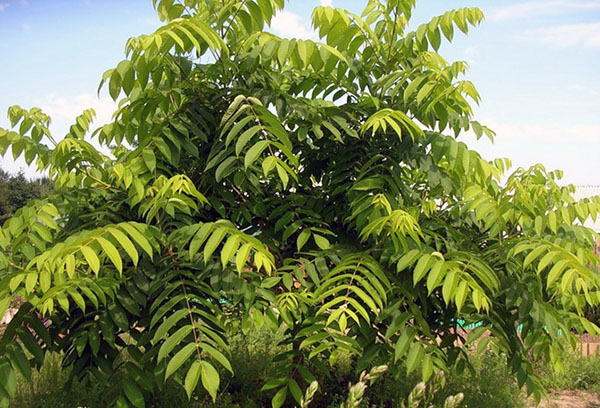
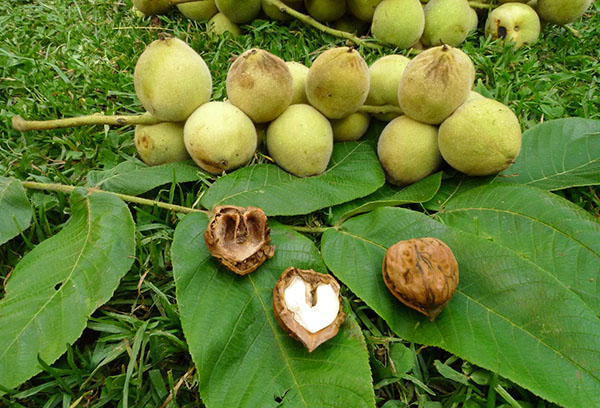
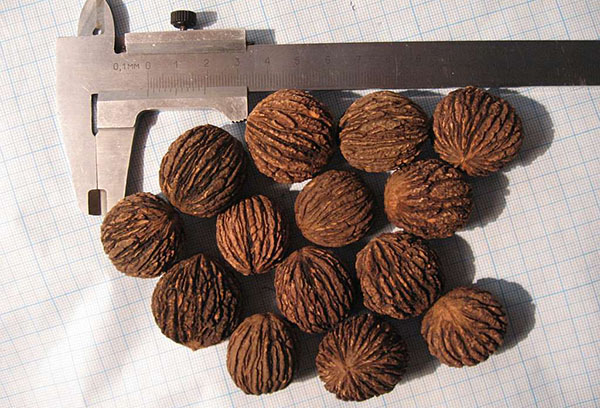
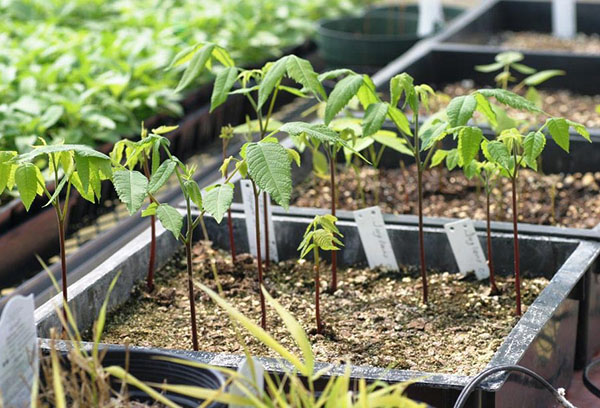
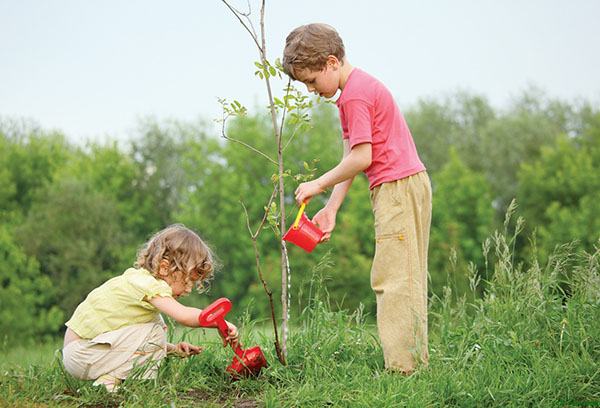
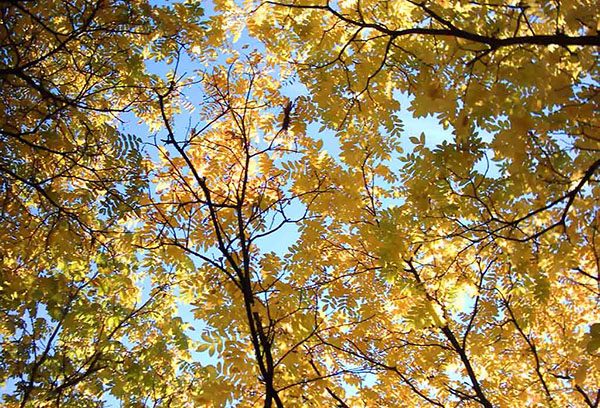
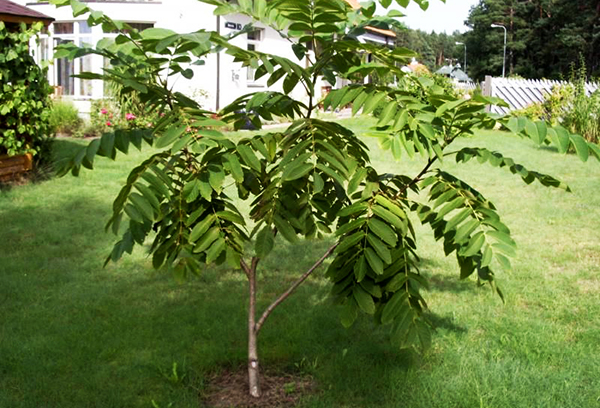
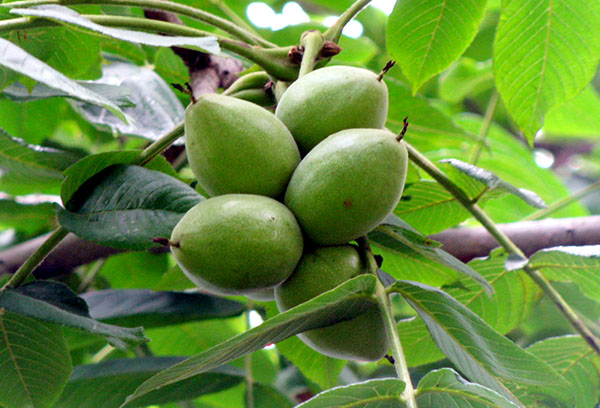
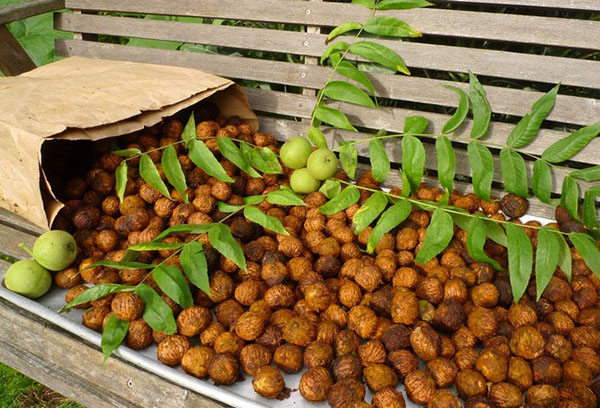
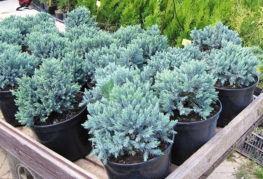

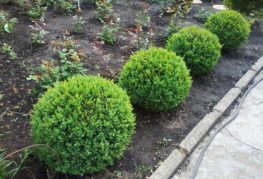
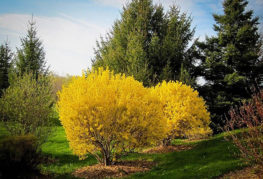
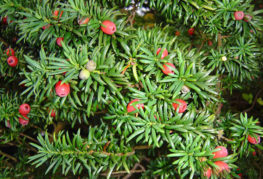
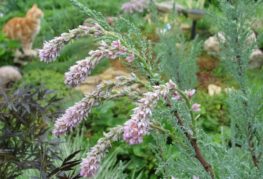
and will be published shortly.